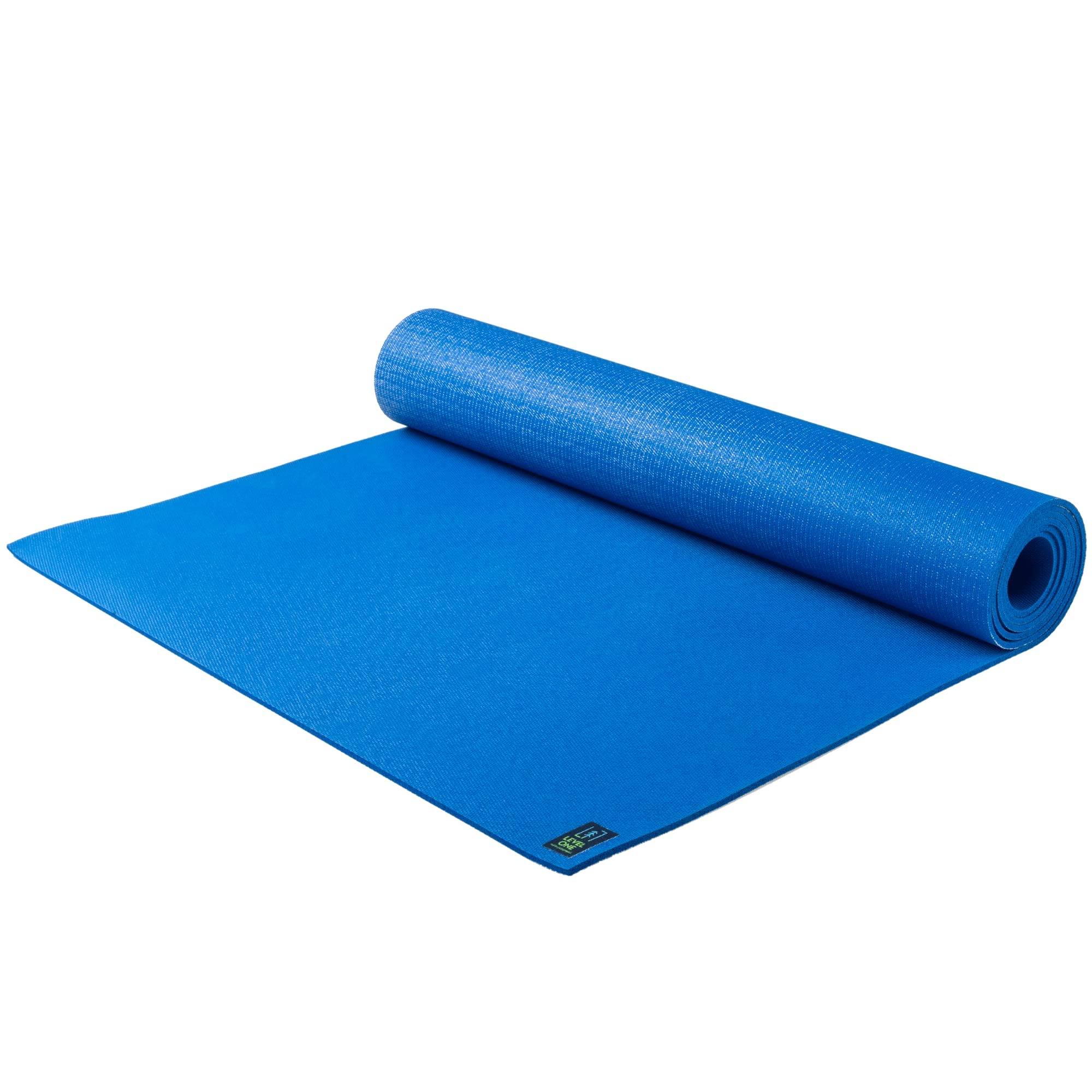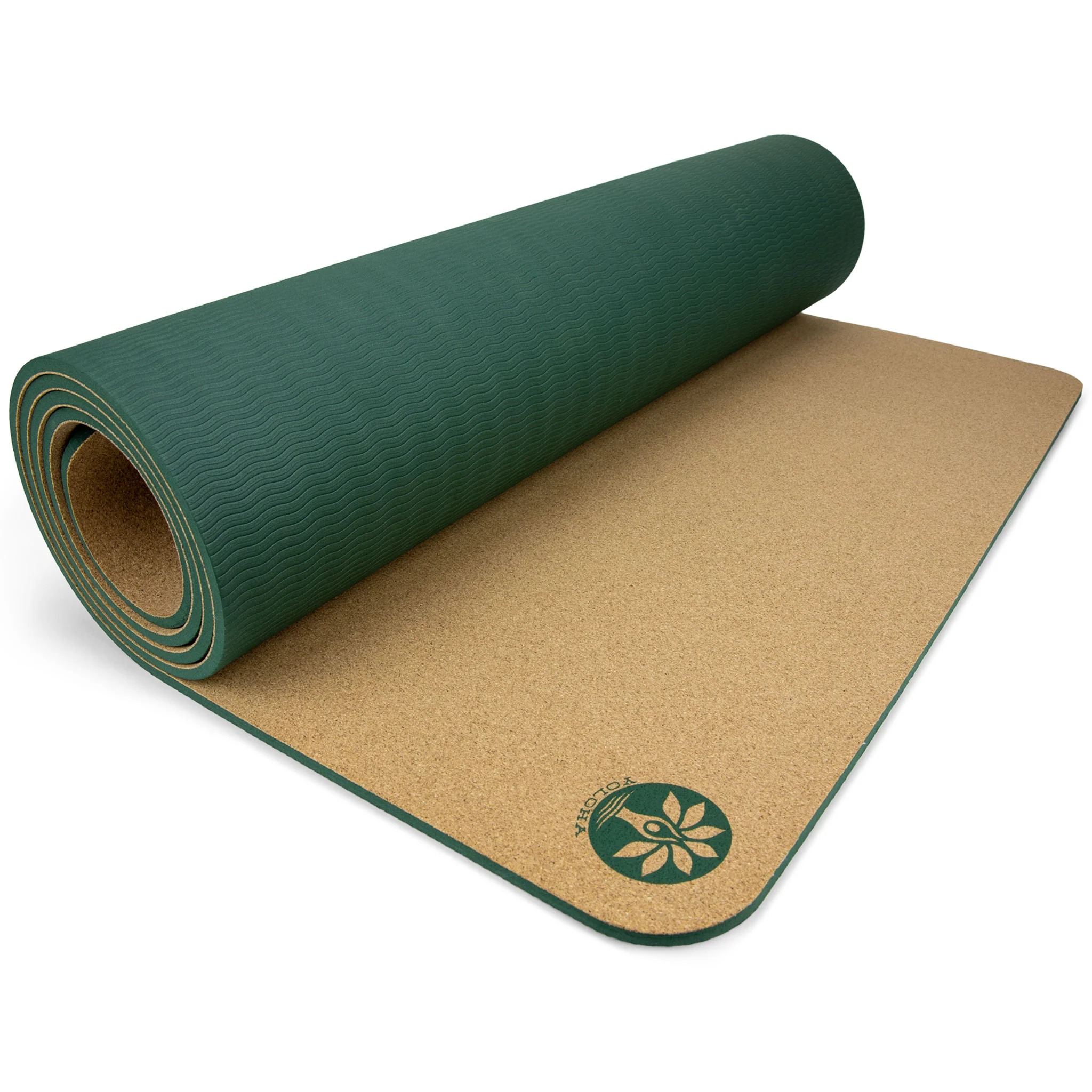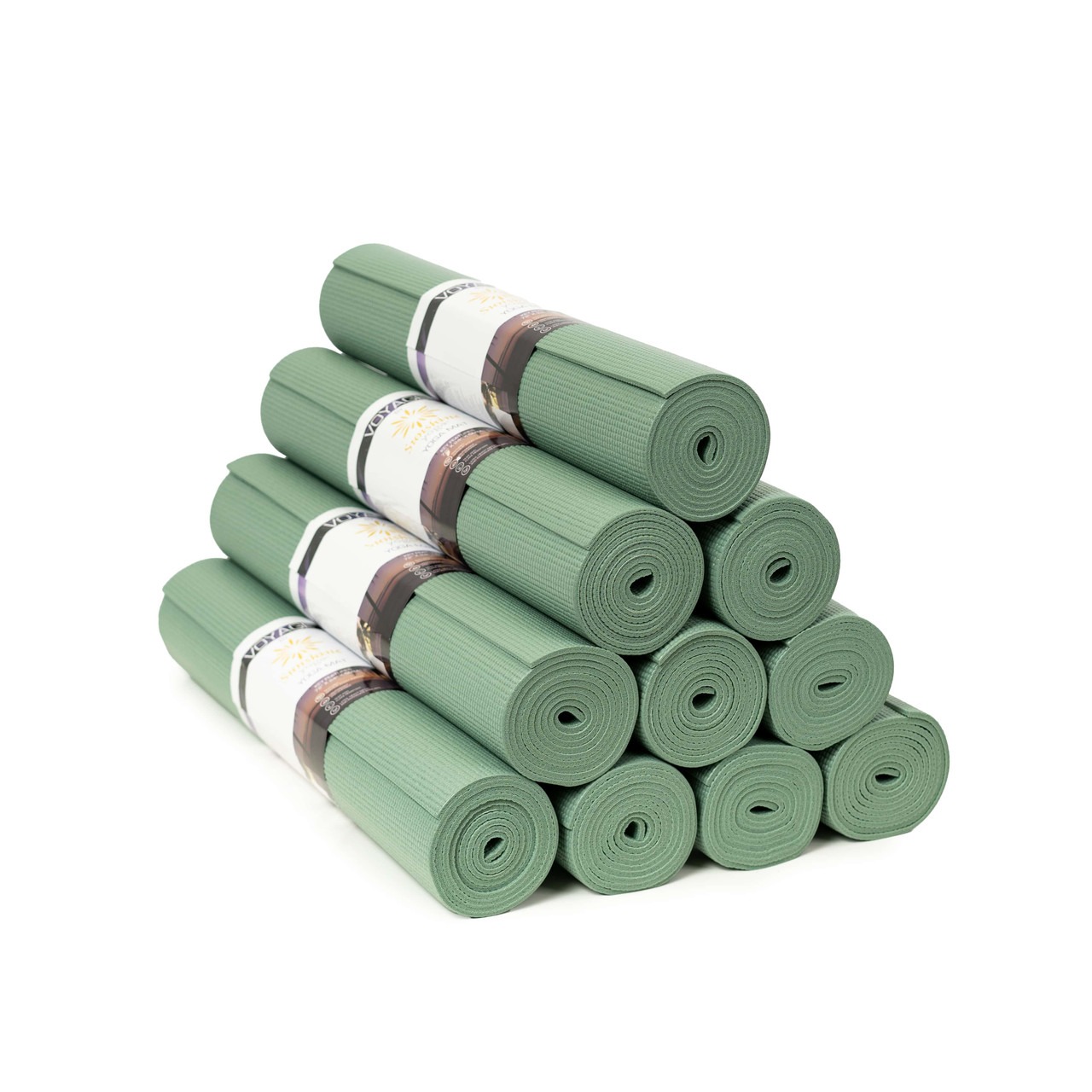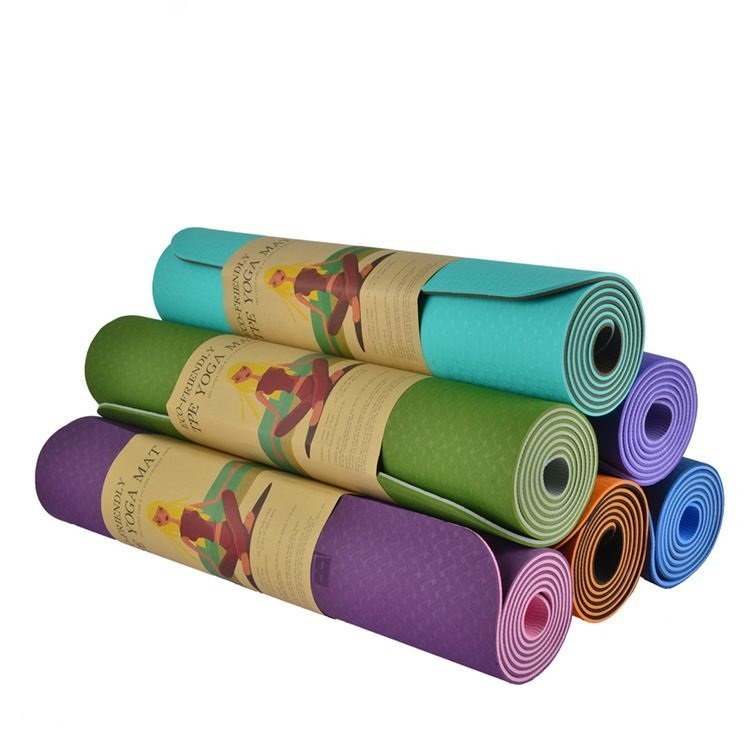What type of yoga mat is best? Yoga has been practiced for thousands of years, and it has gained immense popularity in recent times. With countless benefits for the mind, body, and spirit, it’s no wonder that yoga has become a staple in many people’s wellness routines. One essential item for any yogi is a high-quality yoga mat. Not only does it provide a comfortable and supportive surface for your practice, but it also helps to prevent slipping and injuries. With so many options on the market, it can be overwhelming to choose the best yoga mat for your needs. In this article, we will explore the different types of yoga mats and provide recommendations for the best ones to enhance your practice.

Types of Yoga Mats
There are several types of yoga mats available, each with unique features and benefits. Here are some of the most common types:
PVC Mats:
PVC, or polyvinyl chloride, mats are often the most affordable option. They provide good grip and cushioning, making them suitable for beginners or those on a budget. However, PVC mats are not the most eco-friendly option, as they are made from synthetic materials that are not biodegradable.
TPE Mats:
TPE, or thermoplastic elastomer, mats are a more eco-friendly alternative to PVC mats. They are made from a recyclable material that is biodegradable and non-toxic. TPE mats offer good grip and cushioning, making them a popular choice for environmentally conscious yogis.
Natural Rubber Mats:
Natural rubber mats are made from sustainable rubber trees and are biodegradable. They provide excellent grip and cushioning, making them ideal for hot yoga or vigorous practices. However, some people may be allergic to latex, so it’s important to check the material before purchasing a natural rubber mat.
Jute Mats:
Jute mats are made from natural fibers, providing a textured surface that offers excellent grip. They are also biodegradable and environmentally friendly, making them a popular choice for yogis who prioritize sustainability. However, jute mats may not offer as much cushioning as other types, so they may not be ideal for those with joint pain or injuries.
Travel Mats:
Travel mats are lightweight and portable, making them perfect for yogis on the go. They may be made from a variety of materials, such as PVC, TPE, or natural rubber, and they are designed to be compact and easy to carry. While travel mats may not offer as much cushioning as standard mats, they are a convenient option for practicing yoga while traveling or on the go.
The Best Yoga Mats
When it comes to choosing the best yoga mat for your practice, it’s important to consider factors such as material, thickness, grip, and size. Here are some recommendations for the best yoga mats to enhance your practice:

Liforme Yoga Mat:
The Liforme Yoga Mat is a top choice for many yogis, thanks to its innovative features and superior quality. Made from eco-friendly natural rubber with a unique polyurethane top layer, the Liforme mat offers excellent grip and cushioning. It also features alignment markers to help you perfect your asanas and maintain proper posture. While it may come with a higher price tag, the Liforme Yoga Mat is a worthwhile investment for serious yogis.
Manduka PRO Yoga Mat:
The Manduka PRO Yoga Mat is known for its durability and longevity, making it a favorite among experienced yogis. Made from high-density PVC, this mat offers superior cushioning and support, making it ideal for intense practices. It also provides excellent grip, even when sweaty, and comes with a lifetime guarantee. While the Manduka PRO mat may be on the heavier side, its durability and performance make it a top choice for dedicated yogis.
Gaiam Essentials Thick Yoga Mat:
The Gaiam Essentials Thick Yoga Mat is a budget-friendly option that offers good cushioning and support. Made from a high-density PVC foam, this mat provides a stable and comfortable surface for your practice. It also features a non-slip texture to prevent slipping and injuries. While it may not have the same level of durability as higher-end mats, the Gaiam Essentials mat is a great choice for beginners or casual yogis.
JadeYoga Harmony Mat:
The JadeYoga Harmony Mat is a popular choice among environmentally conscious yogis, thanks to its sustainable materials and eco-friendly production. Made from natural rubber, this mat offers excellent grip and cushioning, making it suitable for a variety of practices. JadeYoga also plants a tree for every mat sold, further contributing to its eco-friendly ethos. While it may have a slightly higher price point, the JadeYoga Harmony Mat is a sustainable and high-performance option for yogis who care about the environment.
How to use yoga mat
Yoga mats are essential for any yogi, providing a comfortable and stable surface for practicing yoga. However, knowing how to properly use and care for your yoga mat is just as important as choosing the right one.
Choosing the Right Yoga Mat
Before we dive into how to use your yoga mat, it’s important to ensure that you have the right one for your practice. There are several factors to consider when choosing a yoga mat, including thickness, material, and texture. Depending on the type of yoga you practice, you may want a thicker mat for extra cushioning, or a more grippy mat for hot yoga sessions. Take the time to research and test out different options to find the yoga mat that best suits your needs.

Cleaning and Caring for Your Yoga Mat
Once you’ve found the perfect yoga mat, it’s crucial to keep it clean and well-maintained. Regular cleaning not only helps to extend the lifespan of your mat, but it also ensures a hygienic practice environment. Most yoga mats can be easily cleaned with a gentle soap and water solution, and some can even be machine washed. Always check the manufacturer’s instructions for the best cleaning methods for your specific mat.
Using Your Yoga Mat
Now that you have the right yoga mat and know how to keep it clean, let’s explore how to use it effectively during your yoga practice.
Setting Up
When setting up your yoga mat, choose a flat and spacious area where you have enough room to move freely. Ensure that the surface is clean and free from any objects that may cause discomfort or injury during your practice.
Alignment
Proper alignment is crucial when using your yoga mat. The lines and markers on some mats can help you align your body and find the right placement for your hands and feet in various yoga poses. Pay attention to these markings and use them to enhance your practice.
Gripping
To avoid slipping and sliding during your practice, it’s important to maintain a firm grip on your yoga mat. Press your hands and feet firmly into the mat, especially in poses where stability is key. If you find that your hands or feet are slipping, consider using a yoga towel or grip spray to enhance the traction of your mat.
Cushioning
The thickness of your yoga mat can provide additional cushioning to support your joints and prevent discomfort during your practice. Take advantage of the padding by performing poses that require a softer surface, such as seated poses or inversions.

Conclusion
Choosing the best yoga mat for your practice is essential for enhancing your comfort, safety, and overall experience. With a wide range of options available, it’s important to consider factors such as material, thickness, grip, and sustainability. Whether you prioritize eco-friendly materials, longevity, or affordability, there is a yoga mat that is perfect for your needs. By investing in a high-quality yoga mat, you can elevate your practice and enjoy the countless benefits of yoga for years to come.
